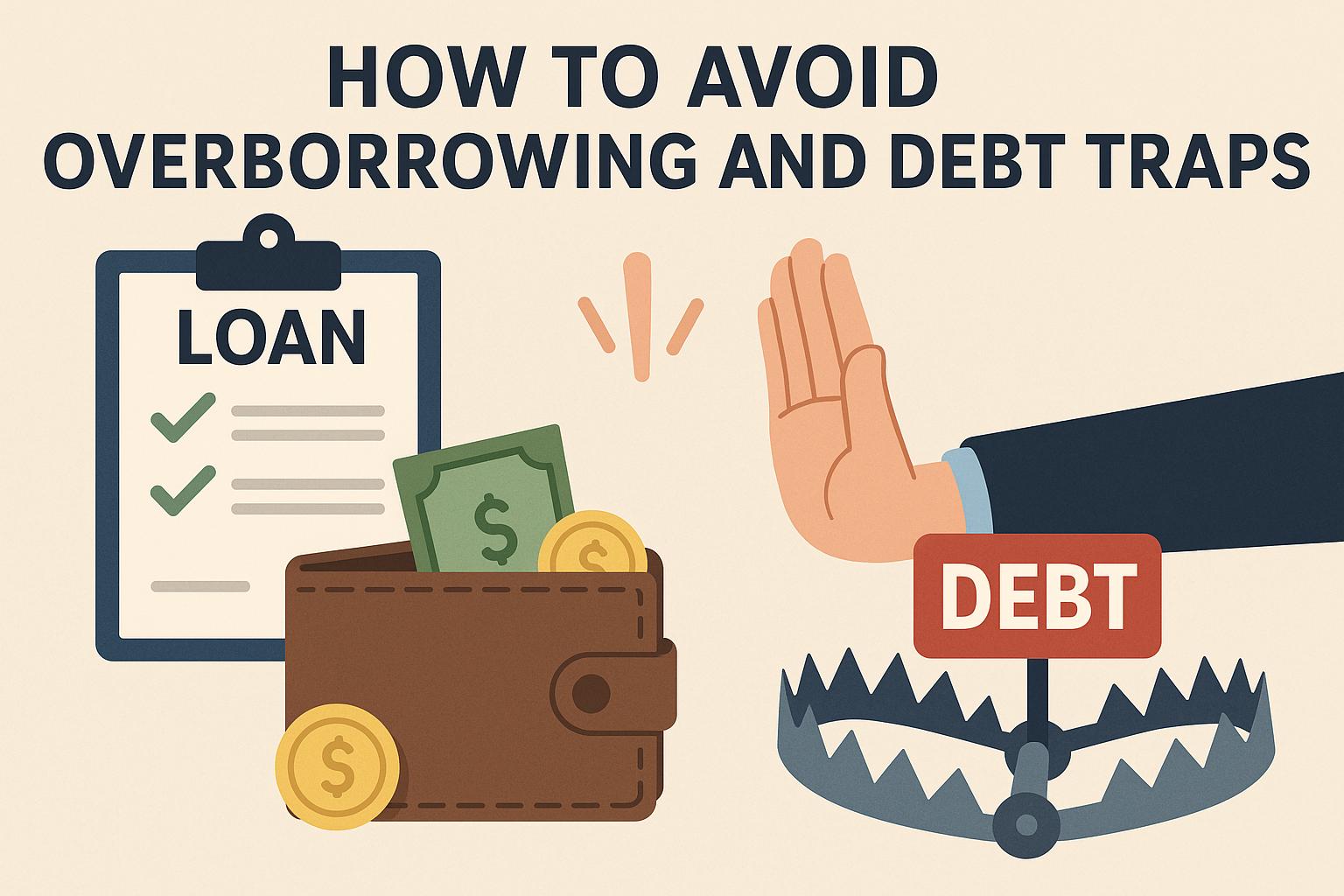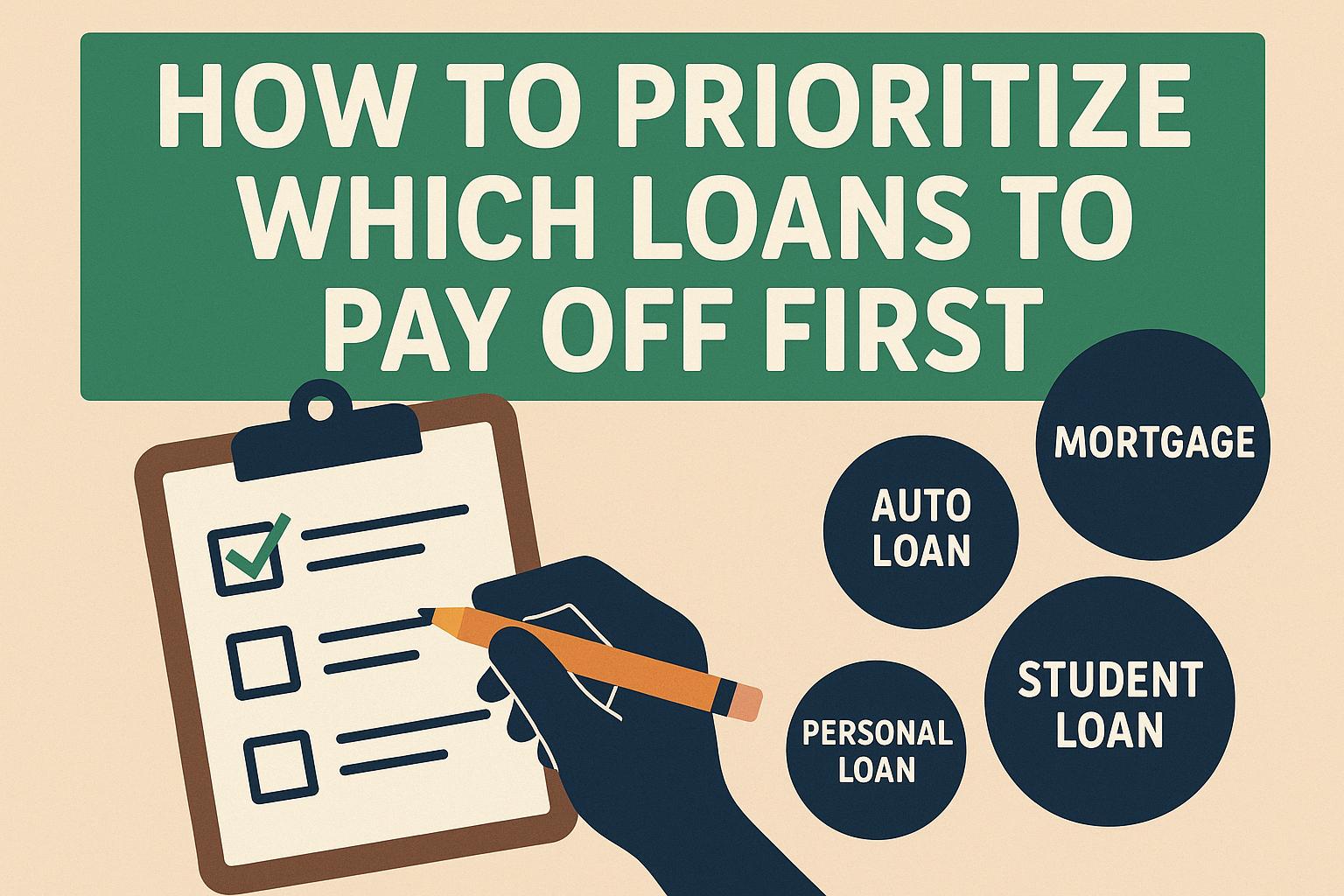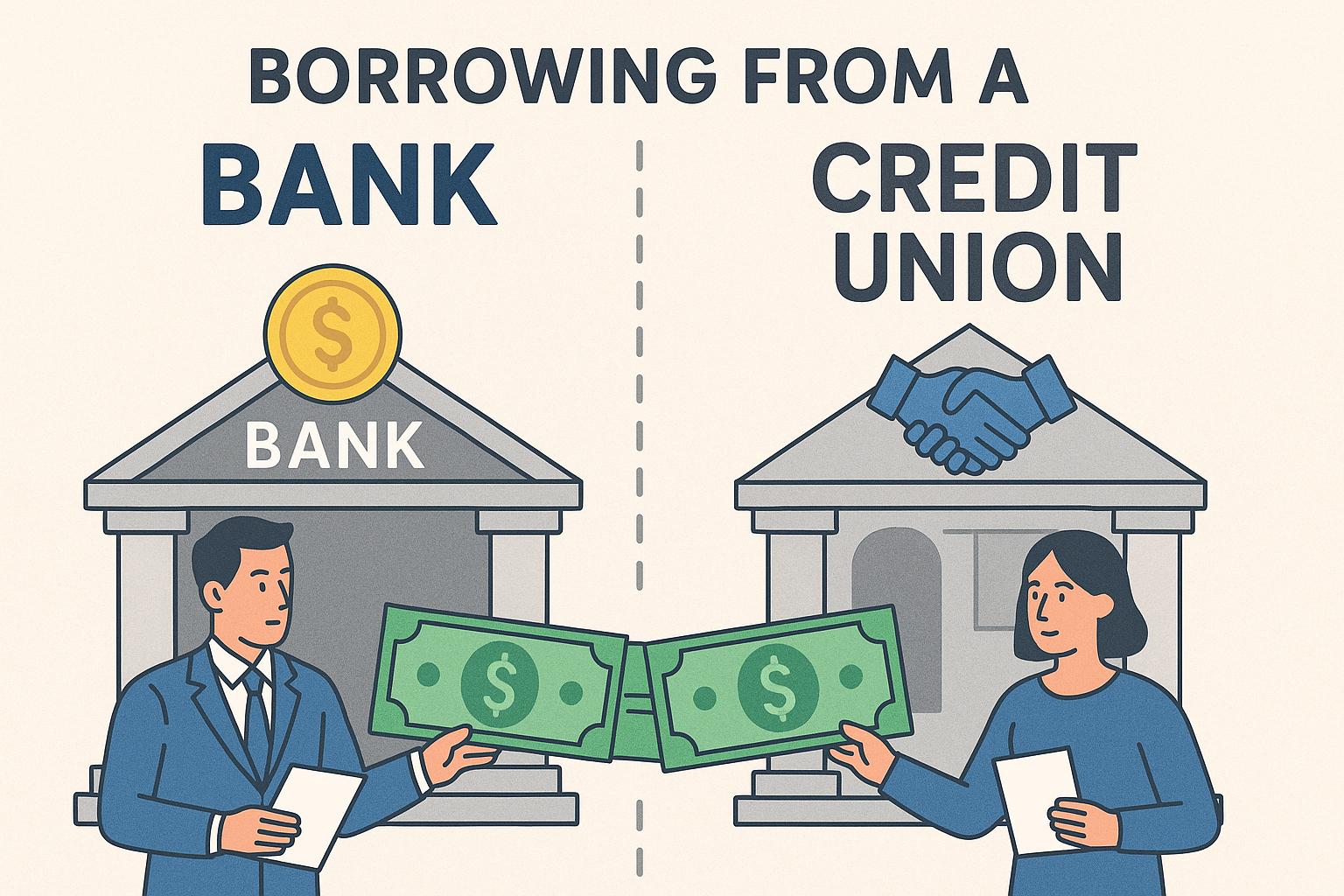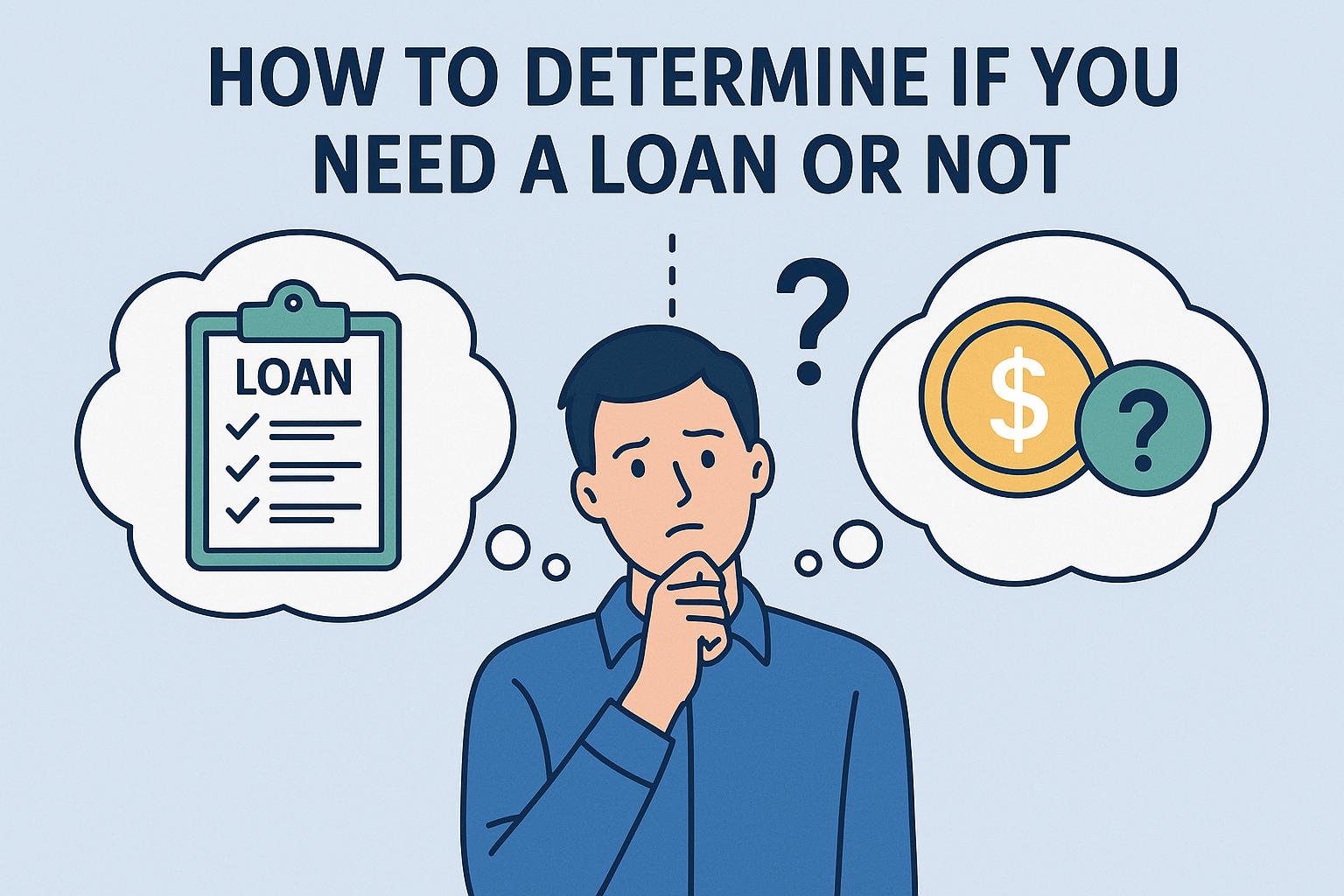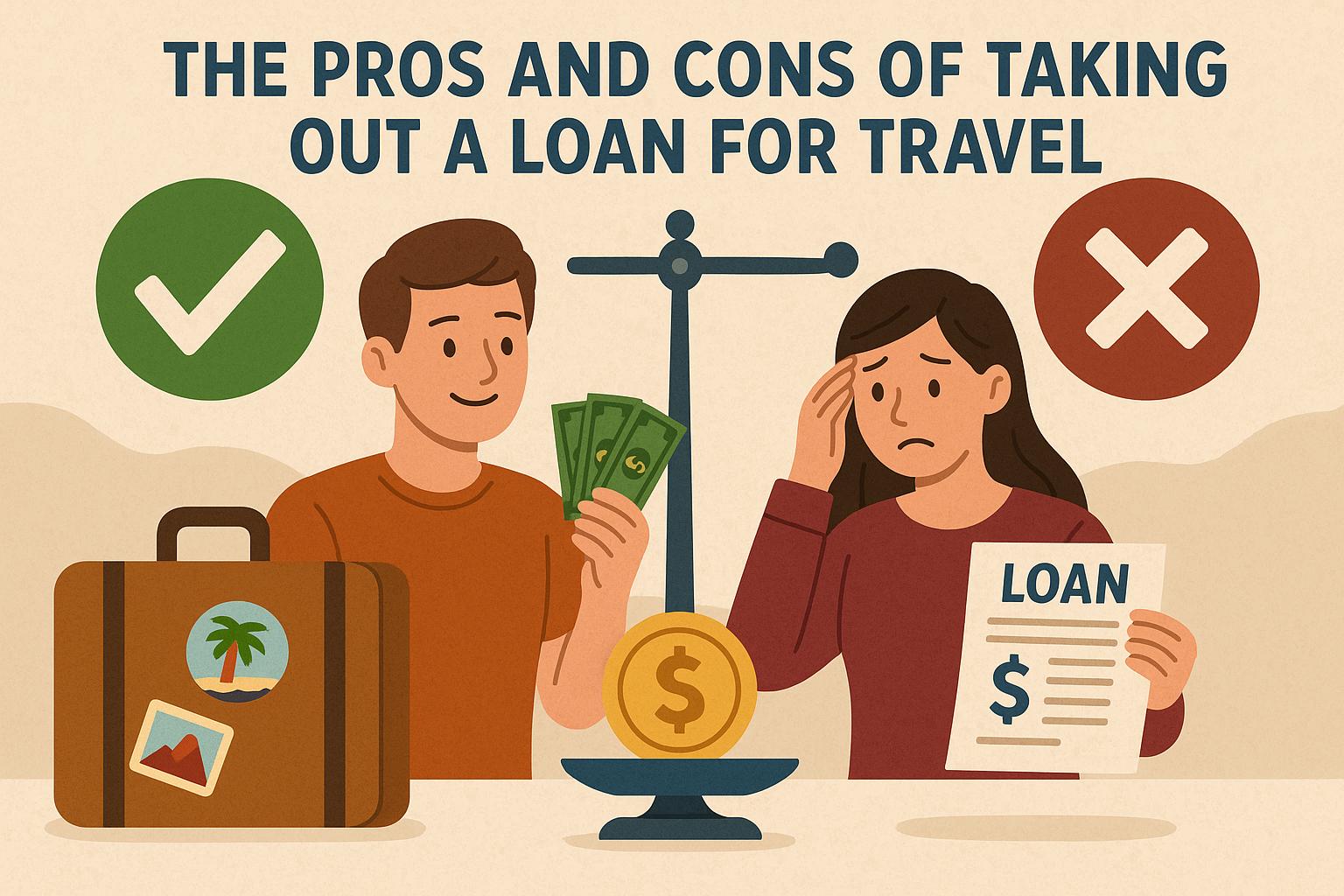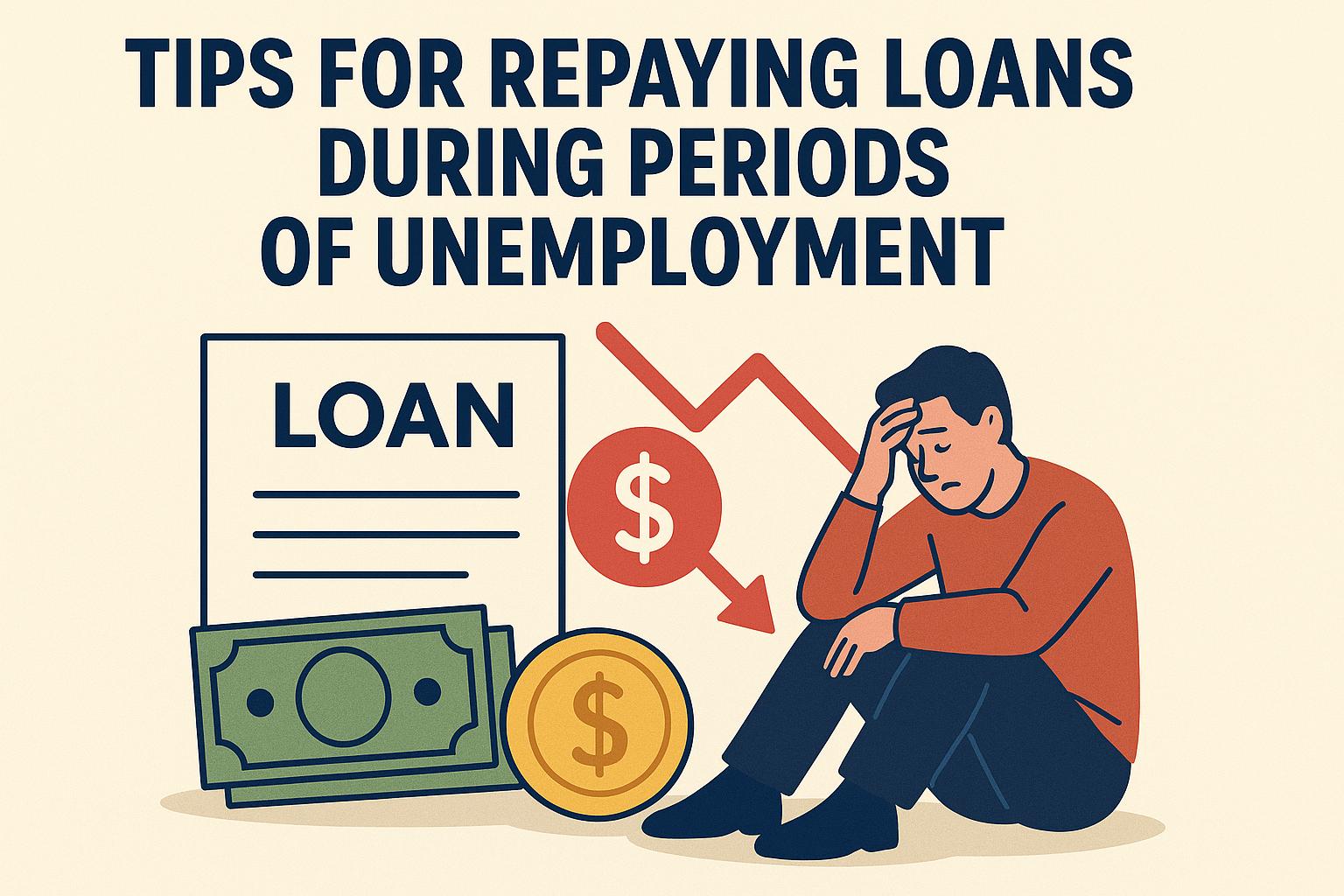
Understanding Loan Calculators
Loan calculators are invaluable tools that have become increasingly popular among individuals seeking to make intelligent financial decisions regarding borrowing. These instruments offer indispensable insights into the potential cost and affordability of a loan by analyzing critical data such as the monthly payments, the total interest payable, and the overall cost involved in taking out the loan.
Types of Loan Calculators
Loan calculators are diverse, with several distinct types available online, each tailored to meet specific needs. By engaging with these various types, individuals can better comprehend their unique financial situations and make well-informed choices. Among the most commonly used types are:
- Mortgage Calculators: These are specifically designed to estimate monthly payments associated with home loans. They do so by accounting for a variety of factors like interest rates, the loan term, and the principal amount borrowed.
- Auto Loan Calculators: Tailored specifically for car loans, these calculators help prospective buyers ascertain payment amounts by considering factors such as the vehicle’s price, any down payment made, interest rates, and the duration of the loan.
- Personal Loan Calculators: These are applicable for general-purpose loans, enabling users to grasp the financial implications by inputting the loan amount, interest rate, and duration.
How to Use a Loan Calculator
Using a loan calculator is typically a straightforward process that requires minimal input to yield valuable results. Here is a detailed approach to utilizing these calculators effectively:
- Input the loan amount: Begin by entering the total amount you wish to borrow. This serves as the starting point for further calculations.
- Enter the interest rate: Specify the annual interest rate that the lender is offering to get an accurate estimation of loan costs.
- Set the loan term: Input the time period over which you plan to repay the loan. This duration is usually specified in years.
- Submit additional details: Depending on the specific calculator, you might need to provide information such as down payment amounts or any additional fees related to the loan.
- Calculate the results: Once all the information is submitted, the calculator processes these inputs to generate estimates, including the monthly payments, total interest payable, and the overall cost of the loan.
Benefits of Using Loan Calculators
Incorporating loan calculators into your financial planning arsenal provides a range of benefits, aiding users in gaining comprehensive insights into their financial commitments. Some of the key benefits include:
- Financial Clarity: By offering a detailed breakdown of loan-related costs, these calculators assist individuals in crafting effective budgets and comprehensive financial plans.
- Comparative Analysis: They empower potential borrowers to compare varying loan options through adjustments in interest rates, loan terms, and borrowing amounts.
- Informed Decision Making: With the ability to understand long-term financial implications, borrowers can make well-informed decisions when selecting a suitable loan product.
Limitations to Consider
Despite the many advantages they offer, it is essential to acknowledge the limitations associated with loan calculators. A comprehensive analysis of some crucial limitations includes:
- Assumptions: These calculators often rely on static interest rates. However, in reality, interest rates tend to fluctuate due to market conditions, which might lead to deviations from the initial calculations.
- Exclusions: Many calculators may not account for additional costs that significantly impact overall loan expenses, such as taxes, insurance, or various fees that should be considered when calculating the total cost.
Finding a Reliable Loan Calculator
The marketplace offers a myriad of loan calculators, with many available from financial websites, banks, and credit unions. When selecting a calculator, it’s crucial to ensure its accuracy and reliability. For the highest level of trust and dependability, it’s advisable to utilize calculators provided by reputable financial institutions or well-known financial advisory entities. Websites like Bankrate and major bank websites frequently host comprehensive and user-friendly calculators, providing precise and accurate insights.
Conclusion
Loan calculators play a vital role for anyone considering borrowing money. They provide a detailed picture of potential financial commitments and empower borrowers to make informed and confident decisions by equipping them with necessary insights. While loan calculators are instrumental in simplifying complex financial decisions, it’s essential to remain aware of their limitations and seek further professional advice when needed. With the right approach, these tools can significantly contribute to a clearer understanding of one’s financial landscape and assist in making astute, responsible borrowing choices.
